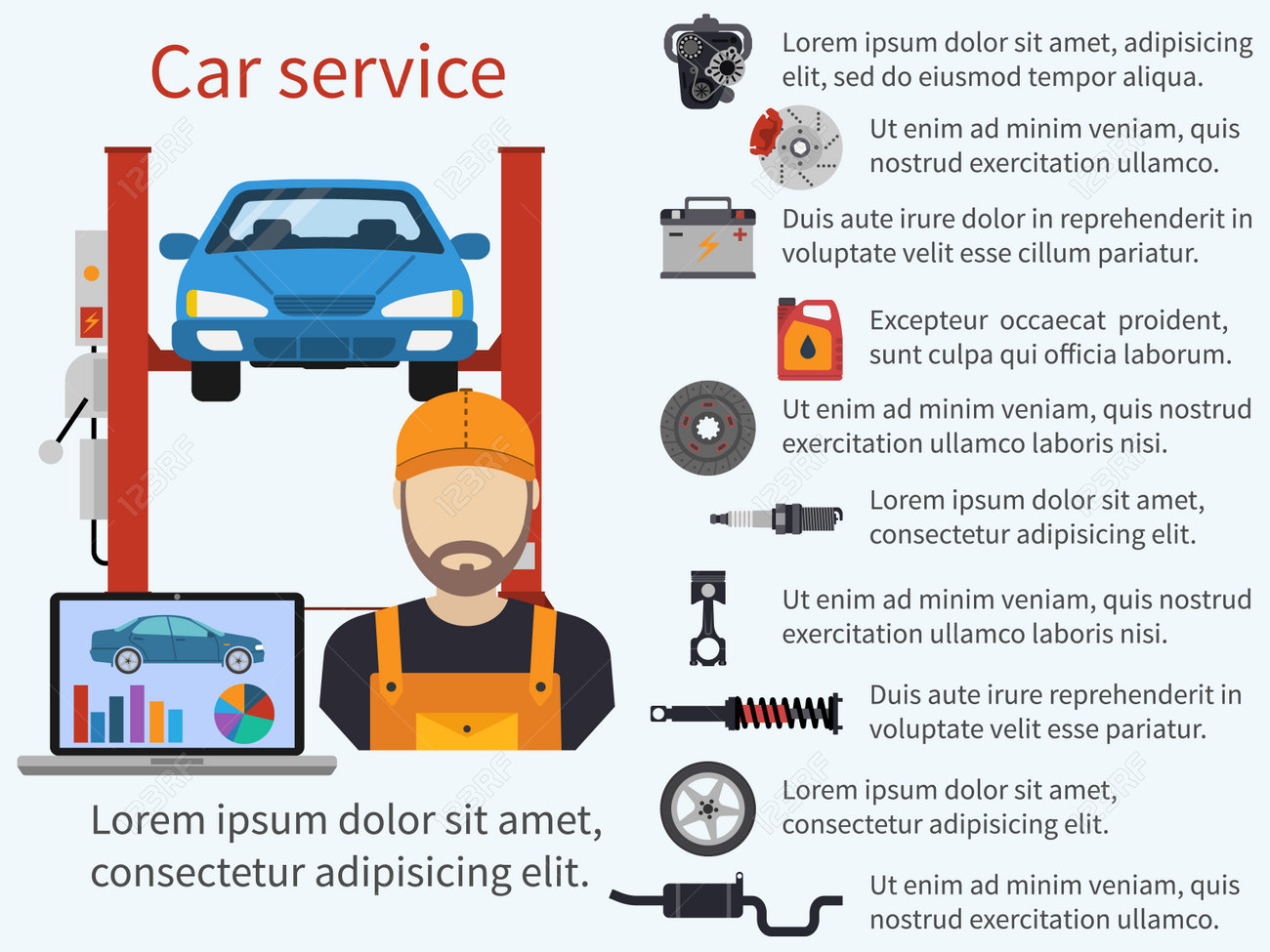When you're behind the wheel, those radiant warning lights on your control panel can be a bit perplexing. Do you understand what they're trying to tell you concerning your cars and truck's health? Understanding the relevance of these lights is vital for your safety and security and the durability of your automobile. So, the following time among those lights pops up, would not you wish to analyze its message precisely and take the required actions to address it?
Common Caution Lights and Interpretations
Recognize usual warning lights in your auto and understand their definitions to ensure risk-free driving.
One of the most common caution lights include the check engine light, which signals issues with the engine or discharges system. If this light begins, it's crucial to have your vehicle inspected without delay.
The oil stress advising light indicates low oil stress, calling for immediate focus to avoid engine damage.
A flashing battery light may recommend a malfunctioning billing system, possibly leaving you stranded otherwise addressed.
The tire pressure surveillance system (TPMS) light informs you to reduced tire pressure, affecting automobile security and fuel effectiveness. Disregarding this can bring about hazardous driving problems.
The abdominal muscle light indicates a problem with the anti-lock stopping system, compromising your capability to stop promptly in emergencies.
Finally, detaiking cautioning light warns of engine getting too hot, which can lead to serious damage if not solved quickly.
Comprehending these common caution lights will assist you resolve issues without delay and preserve risk-free driving conditions.
Significance of Prompt Interest
Understanding the usual caution lights in your cars and truck is just the very first step; the relevance of immediately attending to these warnings can't be emphasized enough to guarantee your safety on the road.
When a warning light brightens on your dashboard, it's your auto's means of interacting a possible problem that needs interest. Neglecting these cautions can bring about a lot more extreme troubles in the future, endangering your safety and security and potentially costing you more in repairs.
Trigger attention to cautioning lights can prevent failures and crashes. As an example, a flashing check engine light might show a misfire that, if left neglected, might trigger damages to the catalytic converter. Addressing this promptly can save you from a pricey repair.
In a similar way, a brake system alerting light might signify reduced brake fluid or worn brake pads, essential parts for your security when driving.
Do It Yourself Troubleshooting Tips
If you observe a warning light on your dashboard, there are a few do it yourself fixing suggestions you can try prior to seeking expert aid.
The initial step is to consult your automobile's guidebook to recognize what the certain warning light shows. Often the concern can be as simple as a loosened gas cap activating the check engine light. Tightening https://brake-pads06273.ziblogs.com/32200213/evaluate-your-lorry-s-requirements-to-find-the-best-cars-and-truck-outlining-service-for-you-yet-which-factors-will-truly-influence-your-choice may fix the trouble.
An additional typical issue is a low battery, which can activate numerous warning lights. Inspecting the battery links for deterioration and ensuring they're protected may take care of the trouble.
If a warning light persists, you can try resetting it by separating the automobile's battery for a couple of mins and afterwards reconnecting it. In addition, inspecting your automobile's liquid degrees, such as oil, coolant, and brake liquid, can aid fix cautioning lights associated with these systems.
Conclusion
To conclude, recognizing your vehicle's warning lights is necessary for maintaining your vehicle running efficiently and securely. By quickly dealing with these informs and recognizing what they suggest, you can stay clear of pricey repair work and prospective malfunctions.
Keep in mind to consult your automobile's manual for specific information on each alerting light and take action as necessary to ensure a trouble-free driving experience.
Keep notified, remain risk-free on the road!
